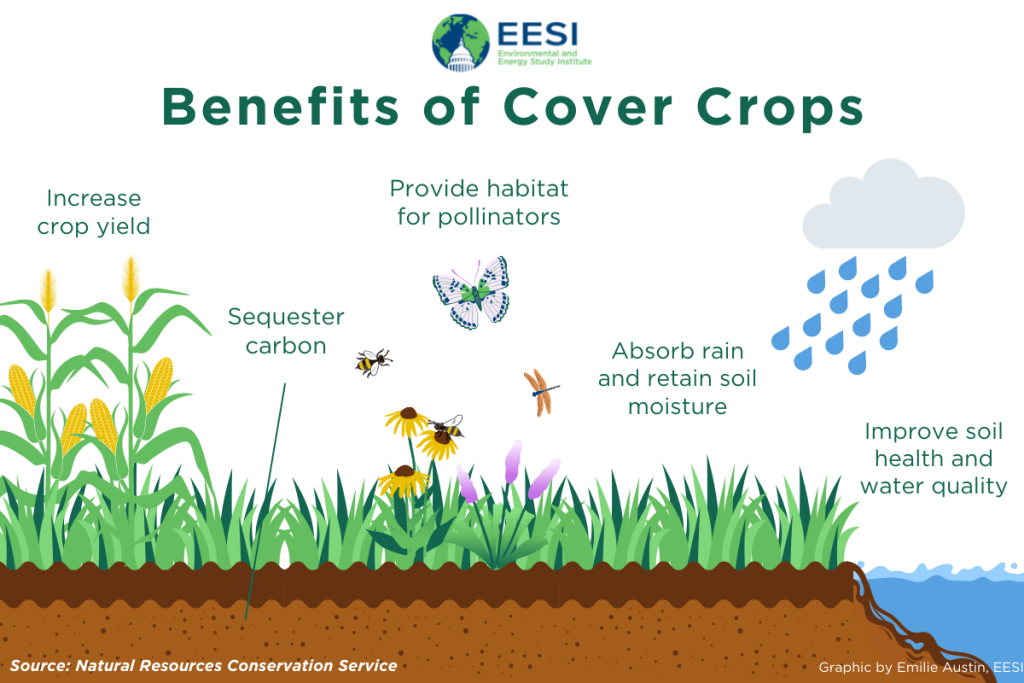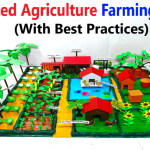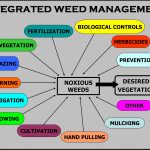Are you tired of watching your garden’s soil lose its vitality year after year? Imagine transforming your soil into a nutrient-rich foundation that boosts plant growth naturally.
How, you ask? The answer lies in the age-old farming secret of cover cropping. This method is not just for large-scale farmers; it’s a powerful technique you can use in your own garden. When you dive into the world of cover cropping, you’ll discover how it improves soil health, enhances fertility, and reduces erosion—without the need for synthetic fertilizers.
This simple yet effective practice could be the key to achieving the lush, productive garden you’ve always dreamed of. Intrigued? Keep reading to uncover how cover cropping can revolutionize the way you nurture your soil, leading to a more bountiful harvest and a healthier environment.

Benefits Of Cover Cropping
Cover cropping offers numerous benefits for soil health. These benefits are not only vital for sustainable agriculture but also enhance the natural ecosystem. By integrating cover crops into farming practices, soil can be improved naturally and efficiently.
Improved Soil Structure
Cover crops enhance soil structure. Their roots help bind soil particles together. This leads to better soil aeration and drainage. With improved soil structure, plants grow healthier.
Enhanced Soil Fertility
Cover crops boost soil fertility. They add organic matter to the soil. This organic matter enriches the soil with nutrients. As a result, crops receive better nutrition.
Natural Weed Control
Cover crops suppress weeds naturally. Their growth covers the soil surface. This prevents sunlight from reaching weed seeds. Consequently, weeds struggle to germinate and grow.
Reduced Soil Erosion
Cover crops minimize soil erosion. Their roots hold soil in place. This prevents soil from being washed away by rain. Soil remains intact, preserving its nutrients.
Increased Biodiversity
Cover crops encourage biodiversity. They provide habitat for beneficial insects. These insects help control pests naturally. Biodiversity creates a balanced ecosystem.
Types Of Cover Crops
Cover crops like legumes, grasses, and brassicas enrich soil naturally. They prevent erosion, add nutrients, and improve soil structure. These plants also boost biodiversity and reduce pests, promoting healthier soil ecosystems.
Cover crops are a game-changer for soil health, offering a natural way to enrich the land without relying on chemical fertilizers. By planting specific types of crops between harvests, you can improve the soil’s structure, increase its nutrient content, and even suppress weeds. But what types of cover crops should you consider for your farm or garden? Understanding the different varieties can help you make the best choice for your soil’s needs.Legumes
Legumes are a popular choice for cover cropping due to their ability to fix nitrogen in the soil. By using legumes like clover, vetch, or peas, you’re essentially giving your soil a nutrient boost. Legumes can be a great option if your soil lacks nitrogen, which is essential for plant growth. Picture them as tiny nitrogen factories working tirelessly underground.Grasses
Grasses like rye, oats, and barley are excellent for preventing soil erosion. Their dense roots hold soil in place and improve its structure. If you’ve ever seen a patch of land washed away by heavy rains, you know how damaging erosion can be. Grasses act as a protective blanket for your soil.Brassicas
Brassicas, such as radishes and mustards, are known for their deep roots that break up compacted soil. They can help improve water infiltration and root growth. Have you ever struggled with hard, compacted soil that doesn’t absorb water well? Brassicas can be your secret weapon to tackle this issue.Non-legume Broadleaves
These cover crops, including buckwheat and sunflower, are versatile and can suppress weeds effectively. They grow quickly and can outcompete unwanted plants. In a battle against weeds, non-legume broadleaves can be your allies. They help maintain a clean and healthy garden space. Choosing the right cover crop depends on your soil’s unique needs and your goals. Do you want to enrich the soil, prevent erosion, or tackle weeds? By considering these factors, you can select the best cover crops for your situation. Have you tried cover cropping before? What challenges did you face, and how did these crops help you overcome them? Your experiences can inspire others to embrace this natural soil-improvement method.Mechanisms Of Soil Improvement
Cover cropping enriches soil by preventing erosion and retaining moisture. These plants add organic matter, enhancing nutrient levels naturally. They also suppress weeds and reduce the need for chemical fertilizers, promoting healthier soil ecosystems.
Cover cropping is a hidden gem in the world of sustainable agriculture. While it might sound simple, the mechanisms through which cover crops improve soil are incredibly effective and natural. If you’ve ever wondered how you can enhance the health of your soil without relying on synthetic fertilizers, understanding these mechanisms can be a game-changer. Cover cropping doesn’t just benefit farmers but anyone interested in maintaining a healthy garden or small farm. Let’s dig into how these natural processes work. ###Enhancing Organic Matter
Cover crops, such as clover and rye, add organic matter to the soil as they grow and decompose. This organic matter serves as food for microorganisms, essential for breaking down plant material into nutrients that plants can absorb. Imagine your soil as a bustling city, with microorganisms doing the hard work to keep everything running smoothly. Adding organic matter ensures the city thrives. ###Improving Soil Structure
A well-structured soil allows roots to penetrate easily, improving plant growth. Cover crops like alfalfa have deep roots that break up compacted soil layers. As the roots grow, they create channels that improve water infiltration and root development for subsequent crops. Have you ever struggled with water pooling in your garden? Improving soil structure through cover cropping might be your answer. ###Natural Weed Suppression
Tired of battling weeds? Cover crops can help. They act as a natural barrier, reducing the space and resources available for weeds to grow. A thick cover crop can shade out weed seedlings, giving your desired plants a head start. This method not only saves you time but reduces the need for herbicides. ###Soil Erosion Prevention
Soil erosion can strip away vital topsoil, making it difficult for plants to thrive. Cover crops act like a protective blanket, holding the soil in place with their roots. This is especially beneficial in areas prone to heavy rains or strong winds. By using cover crops, you contribute to a more stable and sustainable environment. ###Boosting Soil Fertility
Certain cover crops, like legumes, have the unique ability to fix nitrogen from the air into the soil. This natural process enriches the soil, reducing the need for chemical fertilizers. You might wonder how your garden or farm can become more self-sufficient. Using cover crops is a practical step toward achieving that goal. Cover cropping offers you a sustainable way to improve soil health naturally. Have you tried using cover crops in your garden? What benefits have you noticed? Share your experiences and let us know how cover cropping has changed your approach to gardening or farming.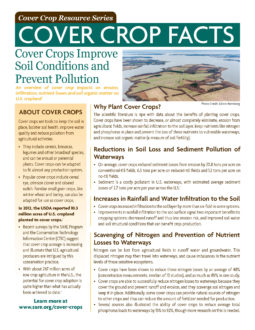
Implementing Cover Crops In Agriculture
Cover crops like clover and rye grass enrich the soil with essential nutrients. They prevent erosion and improve soil structure naturally. By adding organic matter, these plants enhance soil fertility for better farming results.
Implementing cover crops in agriculture is a game-changer for enhancing soil health naturally. As farmers and gardeners seek sustainable practices, cover cropping stands out as a simple yet effective method to rejuvenate and protect the soil. By integrating these green allies into your farming routine, you can boost soil fertility, prevent erosion, and promote biodiversity.Understanding The Basics Of Cover Crops
Cover crops are plants grown primarily to benefit the soil rather than for harvest. They act like a protective blanket, shielding your soil from harsh weather and reducing weed growth. Popular options include clover, rye, and vetch, each offering unique benefits to the soil ecosystem.Choosing The Right Cover Crop For Your Soil
Selecting the perfect cover crop depends on your specific needs and soil conditions. Consider the season, climate, and soil type. For instance, if nitrogen enrichment is your goal, legumes like clover or peas are excellent choices. Are you aiming to break up compacted soil? Try deep-rooted radishes.Timing Your Cover Crop Planting
Timing is crucial for the success of cover crops. Plant them after your main crop harvest or during off-seasons. This ensures they have enough time to establish and grow before extreme weather hits. Proper timing maximizes their soil benefits and prepares your field for the next planting season.Managing Cover Crops Effectively
Effective management of cover crops involves mowing, grazing, or tilling them back into the soil. This returns valuable nutrients and organic matter to the earth. Regular monitoring helps you decide the best termination method, ensuring the cover crops contribute effectively to soil health.Real-life Success Stories
Many farmers have seen remarkable improvements in soil quality through cover cropping. One farmer in Iowa shared how using rye cover crops reduced soil erosion significantly, saving him costs on fertilizers and soil amendments. Such stories highlight the practical benefits and inspire others to adopt this sustainable practice.Challenges And Considerations
While cover cropping is beneficial, it does come with challenges like managing growth and ensuring timely termination. Consider your crop rotation plan and labor availability before implementing. How will you address these challenges to make cover cropping work for you? By adopting cover cropping, you embrace a sustainable future for your soil. The choice of the right cover crop, timing, and management can transform your agricultural practices, leading to healthier soil and better yields. Are you ready to make this change for your farm or garden?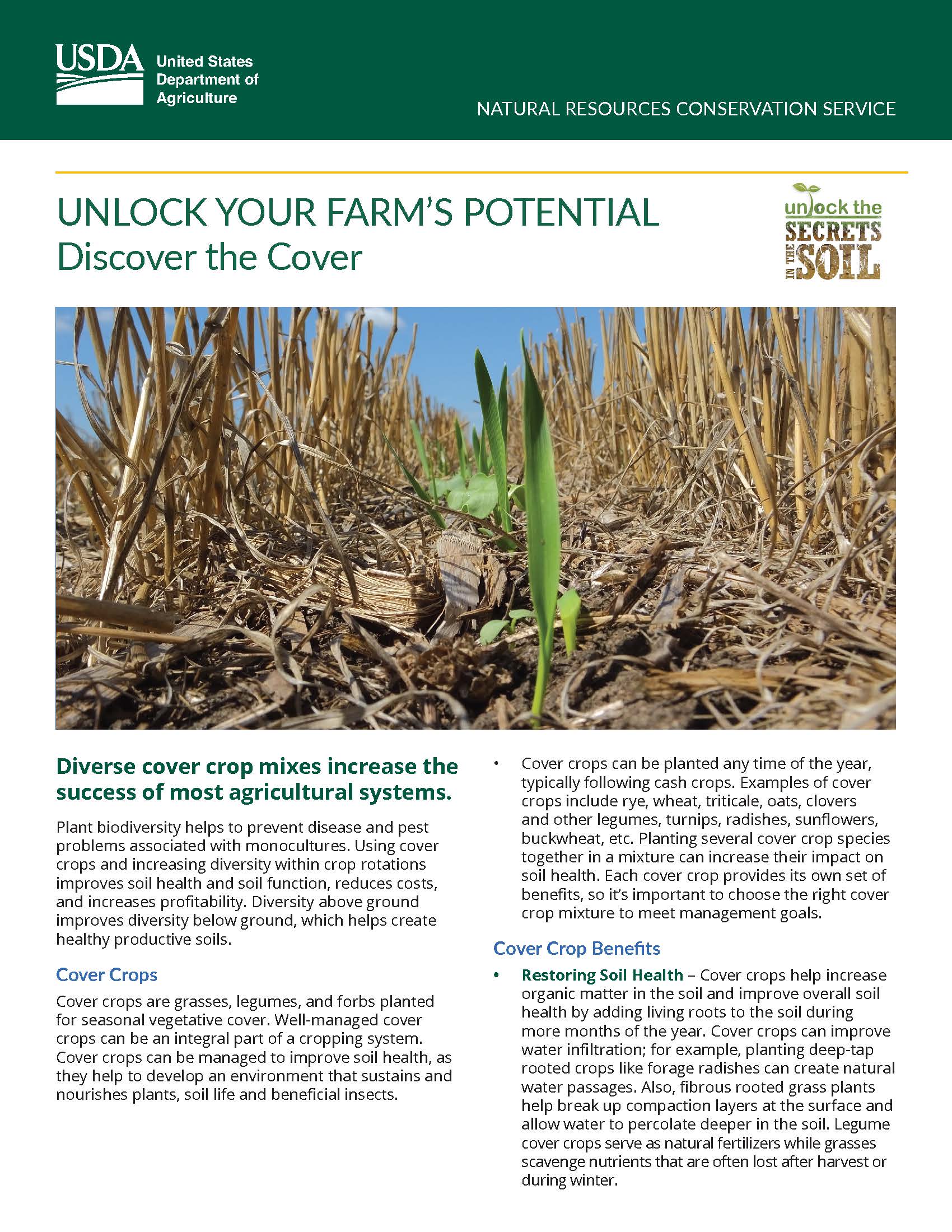
Conclusion
Cover cropping offers a natural boost for soil health. It enriches the soil with essential nutrients. Erosion is reduced significantly with cover crops. Water retention improves, benefiting plant growth. Weeds find it harder to thrive among cover crops. Soil structure becomes more robust and balanced.
Farmers notice healthier crops with this practice. Costs decrease as the need for fertilizers drops. The environment benefits too, with less pollution. Cover cropping is a simple, effective strategy for better soil. Embrace this method for a sustainable future in farming.

